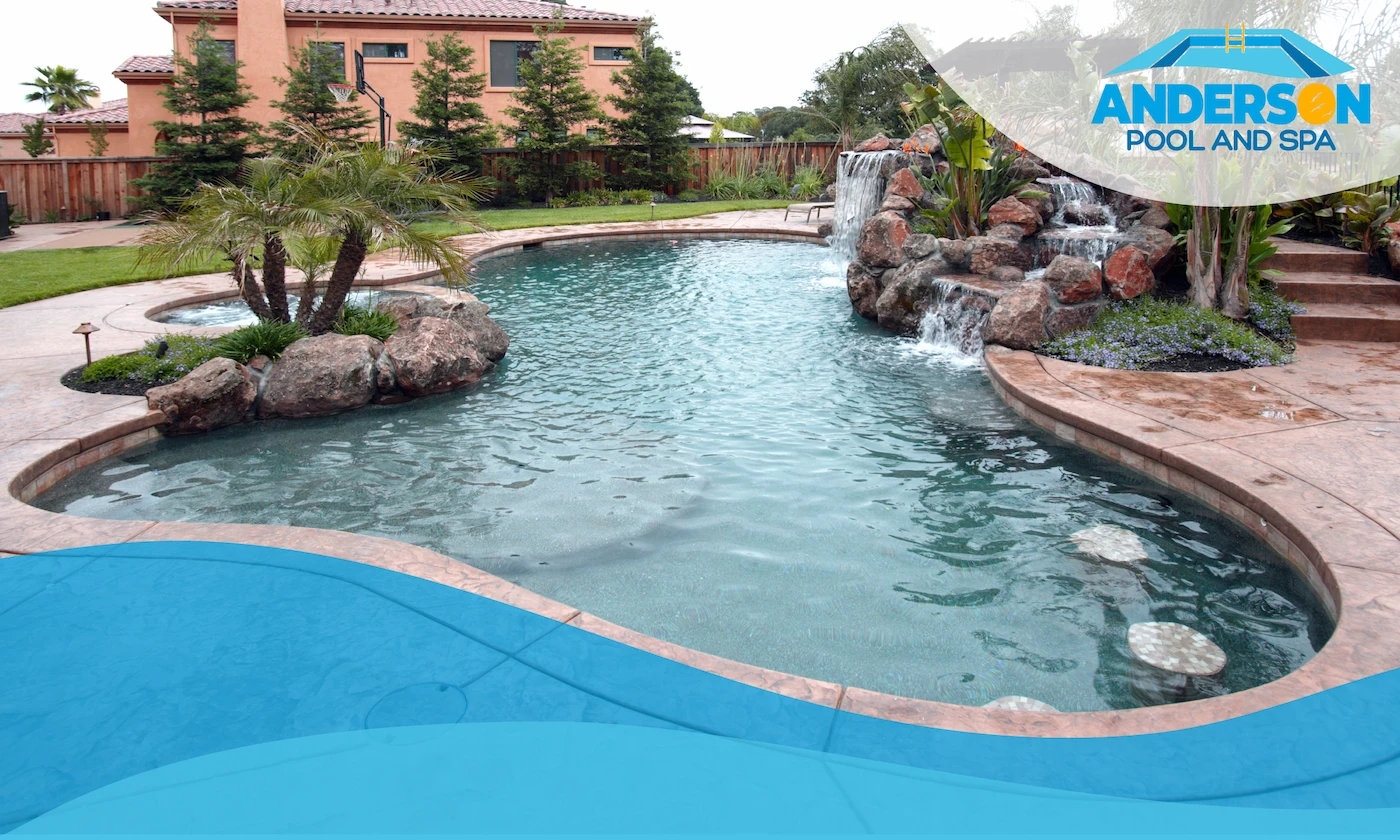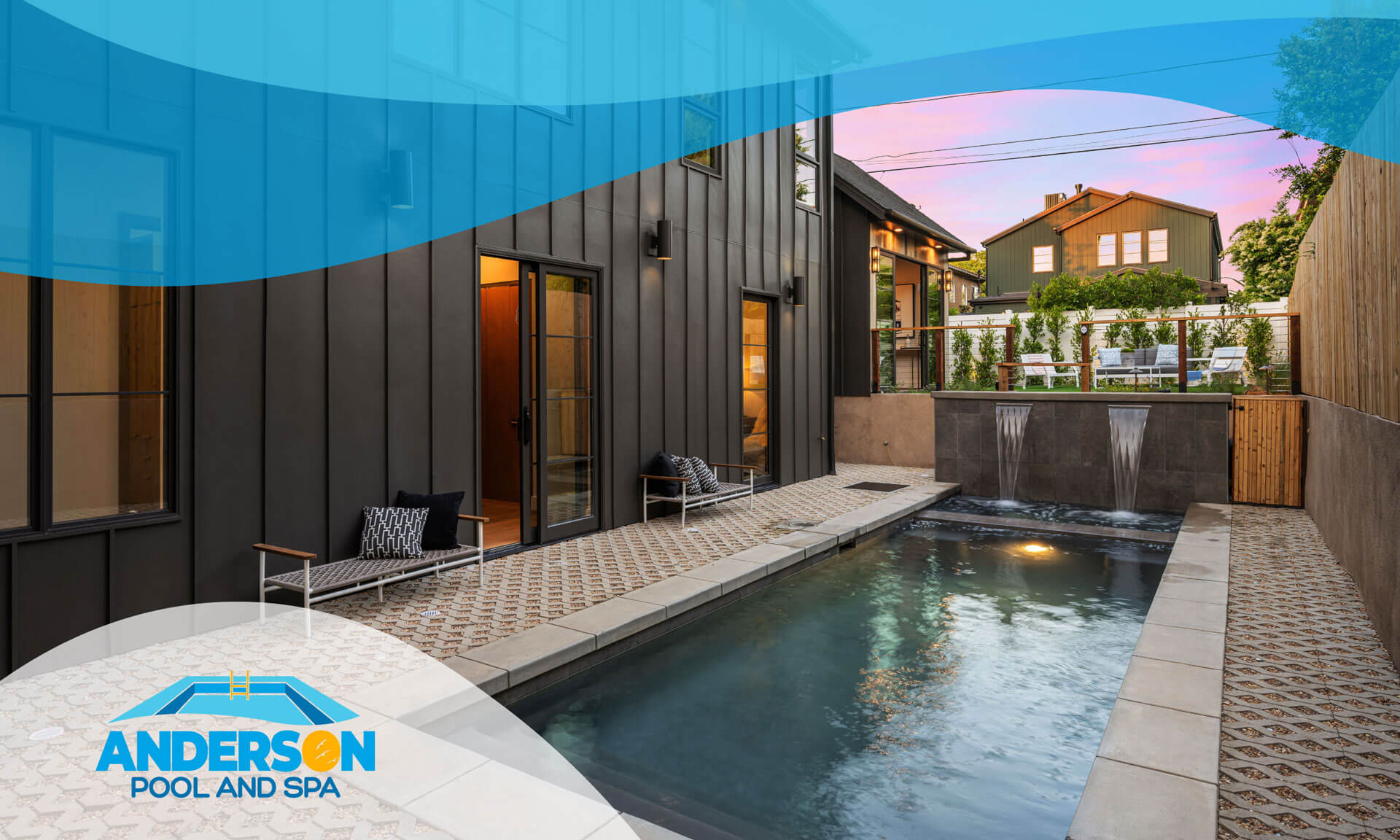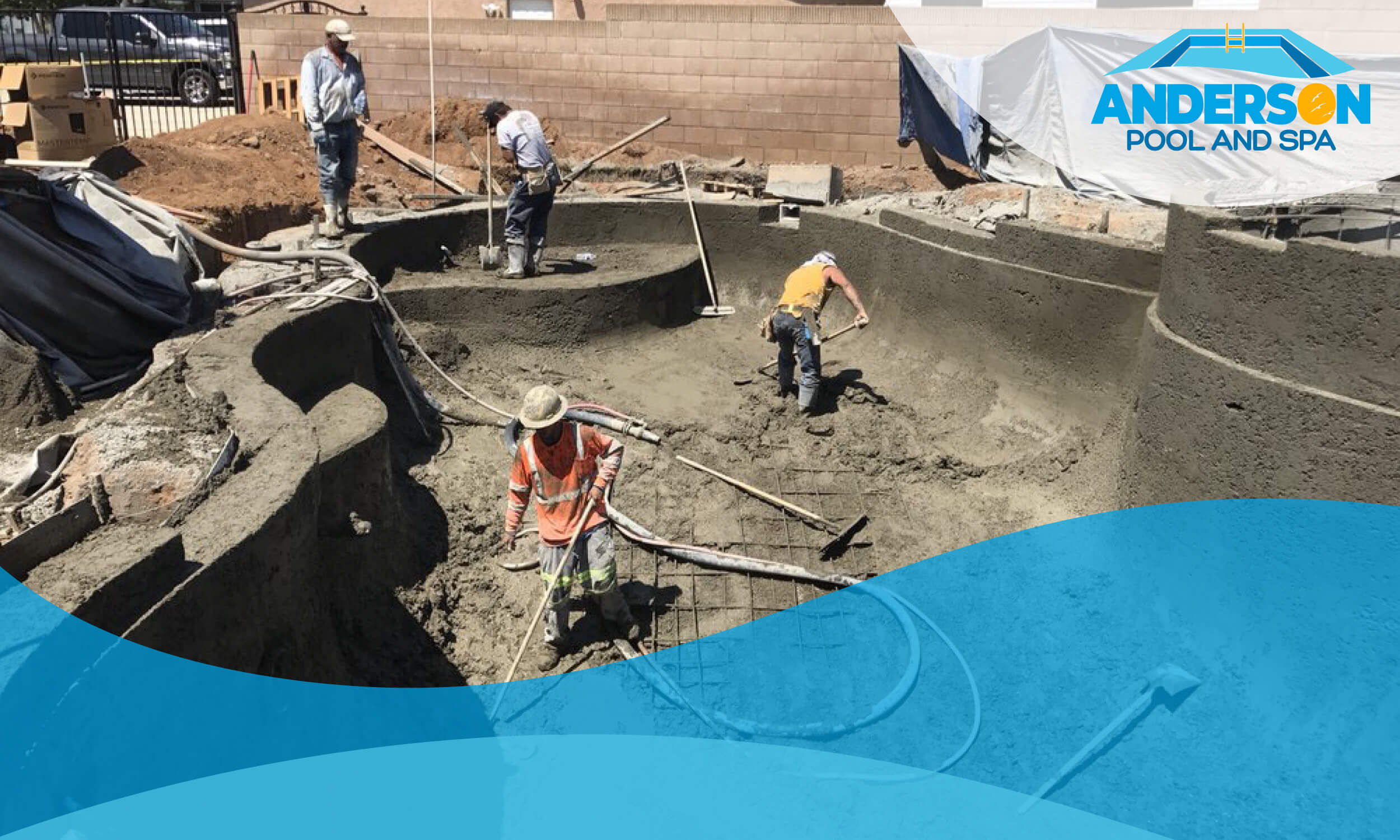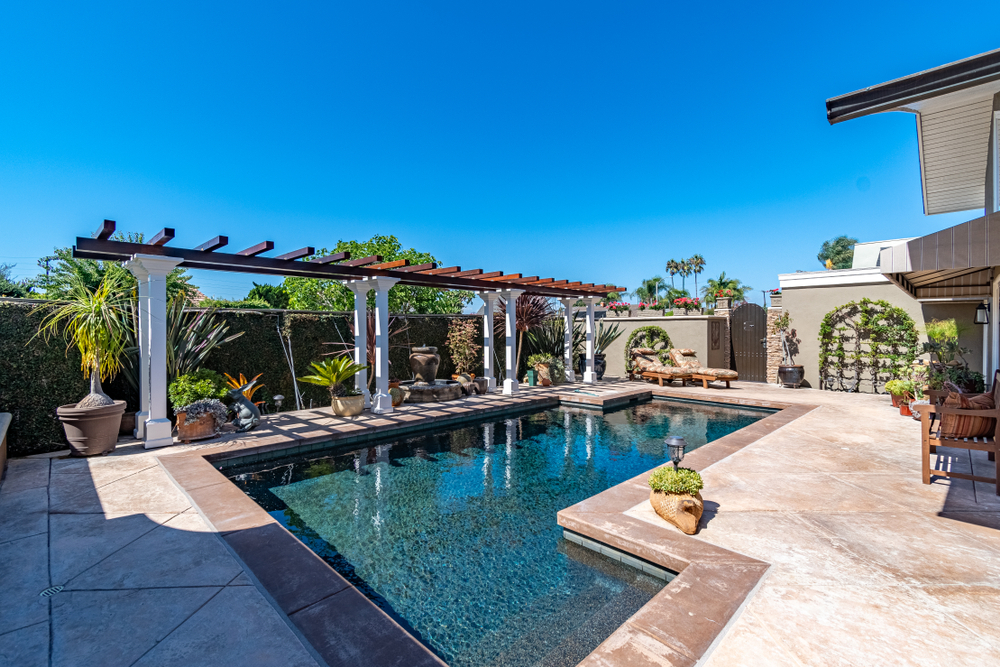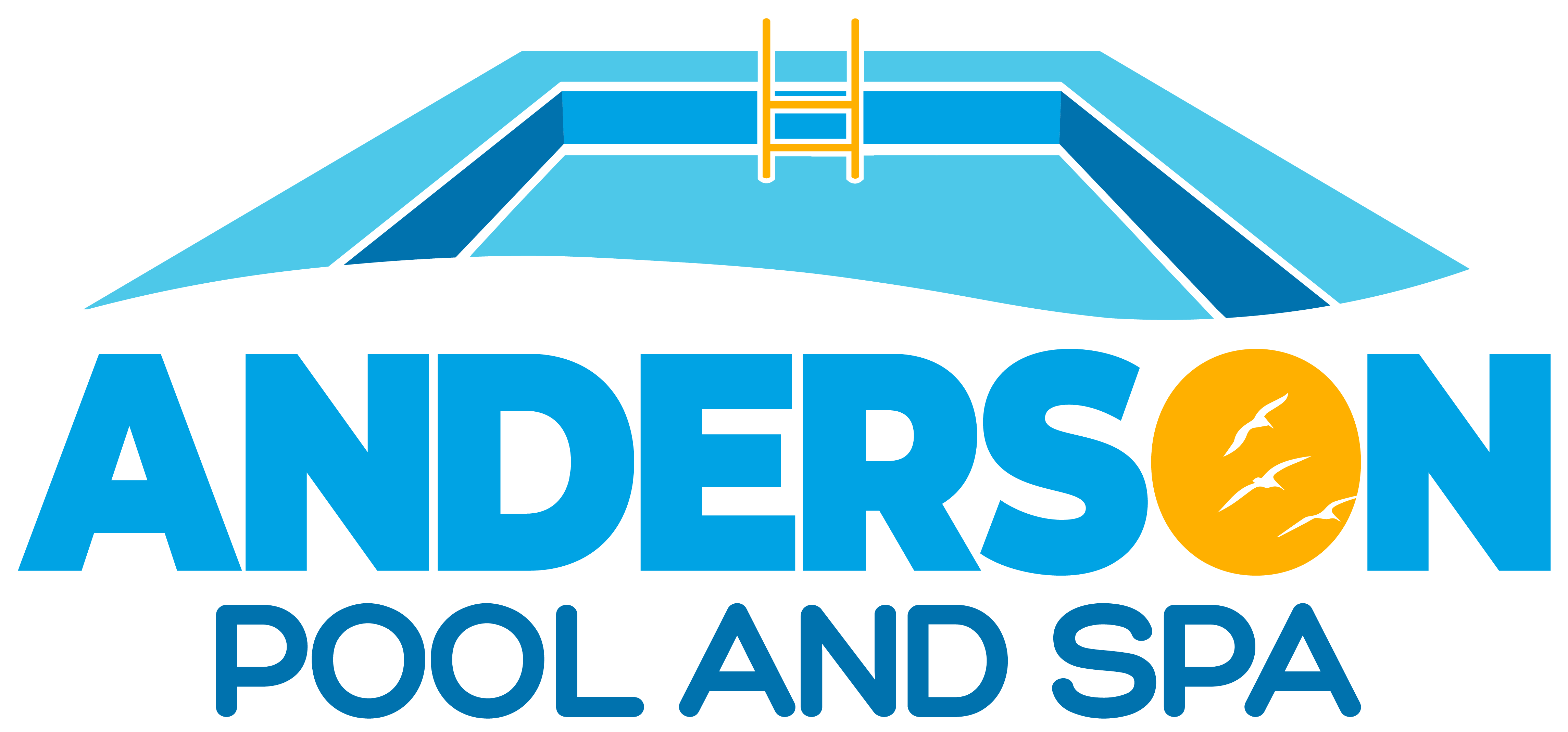In Southern California cities like Long Beach, Pasadena, and Anaheim, pools are often built within tight property lines and surrounded by neighboring homes. That can make relaxing by the water feel a little exposed, especially when fences are shared or when you realize your neighbors have a front-row seat to your swim session from their second-story windows.
However, with smart planning and the right materials, it’s possible to create a sense of privacy even in the most compact spaces. Thoughtful layout, landscaping, and screening elements can make your pool feel calm and secluded.
Understanding Privacy Needs for Pool Areas
Privacy in a pool area usually comes down to three things: limiting outside views, softening surrounding noise, and creating a space that feels calm and secluded. It doesn’t always require a full visual barrier. Often, the most effective designs use a combination of height changes, layered landscaping, and materials that guide the eye without closing everything off.
Depending on the layout of your yard, you might be dealing with unique challenges, and each one can be addressed with thoughtful placement and a mix of textures.
Physical Structures that Create Seclusion
When your pool area sits close to neighboring homes or street views, adding physical elements gives you the separation you need to truly relax. Here are some ideas to help define your space.
Fencing Solutions
A well-built wood fence brings a kind of quiet charm, especially when paired with soft lighting or climbing plants. It feels cozy and lived-in, though it does need a little TLC from time to time.
Vinyl holds color well with minimal maintenance, though it can look plain if not styled thoughtfully. Metal options, like aluminum or steel, bring strength and clean lines, though they let more light and sightlines through. Composite fencing mixes wood and plastic, offering a more natural look without the same level of maintenance, but it can cost more upfront.
When choosing a fence, think about height. Six feet usually works well in California, but check your city’s codes and any HOA rules first. Placement matters too; setting the fence back a bit or combining it with planters can soften its presence and improve privacy.
Privacy Screens & Panels
Decorative screens offer flair without feeling like a full barrier. Laser-cut metal panels, slatted wood, or bamboo screens introduce style while blocking views. They can be anchored near seating or dining areas to provide shade and intimacy.
For maximum flexibility, consider movable or retractable panels that let you adjust coverage depending on the occasion. When integrated into columns or pergolas, these screens become part of your design rather than an afterthought.
Smart Pool Layout and Orientation
Thoughtful layout can make a big difference in how private your pool feels, even before you add fencing or plants. When possible, tucking the pool closer to the house or in a side yard can reduce exposure and create a more intimate setting. If your yard allows it, placing the pool behind structures like garages or guest houses can offer natural coverage and reduce sightlines.
Working with elevation is another subtle way to introduce privacy. A pool that’s slightly sunken sits lower in the yard, which can help block views from neighbors and soften noise. Conversely, adding a raised beam or wall around one side can define the edge of the space and reduce visibility without making the area feel boxed in.
You can also design around zones. Situating features like tanning ledges, sun decks, or spas in more protected corners makes these lounging areas feel intentional and a bit more removed. These spaces often benefit from a sense of enclosure, especially if they’re located near a corner fence or alongside plantings.
Structures like pergolas and cabanas provide shade and comfort while serving as visual breaks. Whether placed at the end of the pool or adjacent to seating, they act as useful dividers. With the right orientation and layout, even a small or narrow lot can support a pool that feels thoughtfully sheltered and inviting.
Additional Comfort & Sound Control Features
Water features do more than add movement and visual appeal to a pool, when placed right they can help mask neighborhood noise so you can hear yourself think while you swim. The sound of a gentle waterfall or scupper running along a raised wall can act as white noise, helping to mask sounds from neighboring properties. These features are especially useful in urban or high-density areas where background noise tends to carry.
Dense landscaping, porous surfaces, and textured finishes can help absorb noise rather than reflect it. Decking materials like composite wood or rubberized pavers can dampen foot traffic and reduce echo, while block walls or stucco with rough surfaces can muffle sounds and create a quieter overall environment.
Real-World Considerations & Working with a Pro
Designing a pool that feels private in a dense neighborhood comes down to thoughtful planning and local expertise. The team at Anderson Pool & Spa understands Southern California’s zoning rules, HOA requirements, and common lot layouts to help you avoid costly delays and restrictions.
A private, relaxing backyard is possible, even when neighbors are close by. We have the years of experience you need to guide you through the choices that balance privacy with safety and aesthetics. If you’re considering a pool and want it to feel private and peaceful, we’d be glad to talk about what’s possible in your space. Contact Anderson Pool & Spa for a consultation.



